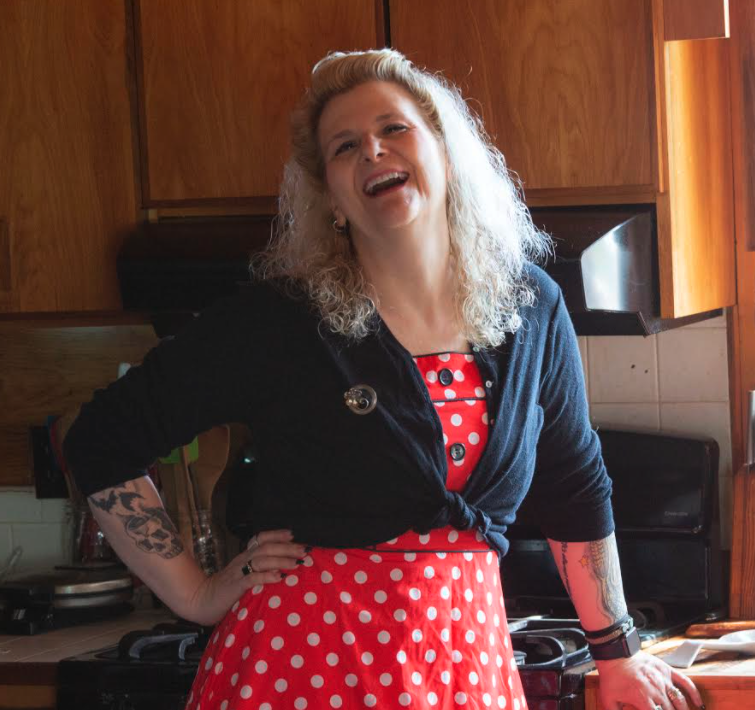Hey all! It’s that time of year again—crisp air, pumpkin spice, and of course, fall cleanup on the farm. This year, tackling a project I’ve been eyeing for a while: whitewashing the chicken coop.
(This post contains affiliate links)

I first learned how to use whitewash (limewash or lime paint are other common names) when I lived out west. In Montana, I had the best barn ever, but it had no electricity. I used to kid the goats by the light of a lantern (the kids took turns holding it) and having bright, white stalls made it easier to see what I was doing. Whitewashing is eco-friendly, and also antibacterial—a big win when you’re dealing with animals. And did I mention it looks fantastic?
Why Whitewash Anything?
If you’re new to the concept, whitewashing is a paint made from hydrated lime, salt, and water. It’s breathable, allowing moisture to escape from the walls, and best of all, it’s made from natural materials. This is perfect for the humid environment of a chicken coop, where ventilation and moisture control are crucial.
Recipe Time: Make Your Own Whitewash
Making whitewash is simpler than you’d think. Here’s what you’ll need:
- 10 lbs of hydrated lime (Type S)
- 2 gallons of warm water (Maybe a bit more for thinning)
- 3 lbs Salt
- Mix the Lime: Start by gradually adding lime to 1 gallon of the water, not the other way around. Stir constantly to avoid clumping. Aim for a consistency like a thick paste.
- Mix the salt: In a second bucket, mix the salt and the second gallon of warm water. Stir until dissolved.
- Add Salt water to Lime Water: Carefully combine both buckets and mix until smooth. Add additional water if desired. I like it to be the consistency of milk.
- Apply: Once it’s combined and smooth, it’s ready to use! I apply it using a broom. It’s sloppy and gets everywhere, so wear true barn clothes, and don’t forget gloves. It’s super drying on your skin.
How to Apply Whitewashing
Whitewash application is a bit different from regular paint. Use a large brush (I use a broom) and apply with sweeping strokes. Since it’s a chicken coop, perfection isn’t the goal; the rustic look adds character! It’s going to look as if you just wet the surfaces when you first apply it. Maybe as if you are smearing fat free milk on everything, LOL but trust the process! As it dries, the brightness will appear and you will be shocked at how great everything looks! I make sure to push it into every crack and crevice I can find while painting it on. I always use two coats, but that is a me-thing, I don’t think it’s necessary.
What I’m Most Excited About
Besides the aesthetic upgrade, whitewash’s antibacterial properties are worth the effort. It’s another layer of natural defense for my chickens. So there you have it, folks. The chickens will soon be living in an eco-chic, antibacterial, and stunning coop. It’s not just about making the space look good; it’s about creating a healthier environment for the animals I care about. Stay tuned for after pics!
Until next time, Amy

